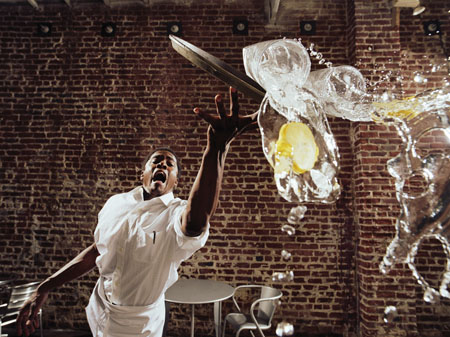 When it comes to the causes of insured losses, one peril clearly tops the list of risks for restaurants: “Slips, trips and falls are the most common cause of loss,” says Debra J. Denker, an industry manager at Travelers.
When it comes to the causes of insured losses, one peril clearly tops the list of risks for restaurants: “Slips, trips and falls are the most common cause of loss,” says Debra J. Denker, an industry manager at Travelers.
Considering how many Workers' Compensation and General Liability claims stem from these tumbles, it's imperative that agents and brokers stress to their clients how important it is to take steps to avert them. And the good news is, these incidents can be avoided with the right approach to risk management, loss-prevention experts assert.
“Our view is you can engineer out [much of] the exposure,” says Jamie Merendino, vice president and general manager of loss control for the commercial insurance unit at Liberty Mutual.
Recommended For You
Want to continue reading?
Become a Free PropertyCasualty360 Digital Reader
Your access to unlimited PropertyCasualty360 content isn’t changing.
Once you are an ALM digital member, you’ll receive:
- Breaking insurance news and analysis, on-site and via our newsletters and custom alerts
- Weekly Insurance Speak podcast featuring exclusive interviews with industry leaders
- Educational webcasts, white papers, and ebooks from industry thought leaders
- Critical converage of the employee benefits and financial advisory markets on our other ALM sites, BenefitsPRO and ThinkAdvisor
Already have an account? Sign In Now
© 2025 ALM Global, LLC, All Rights Reserved. Request academic re-use from www.copyright.com. All other uses, submit a request to [email protected]. For more information visit Asset & Logo Licensing.








